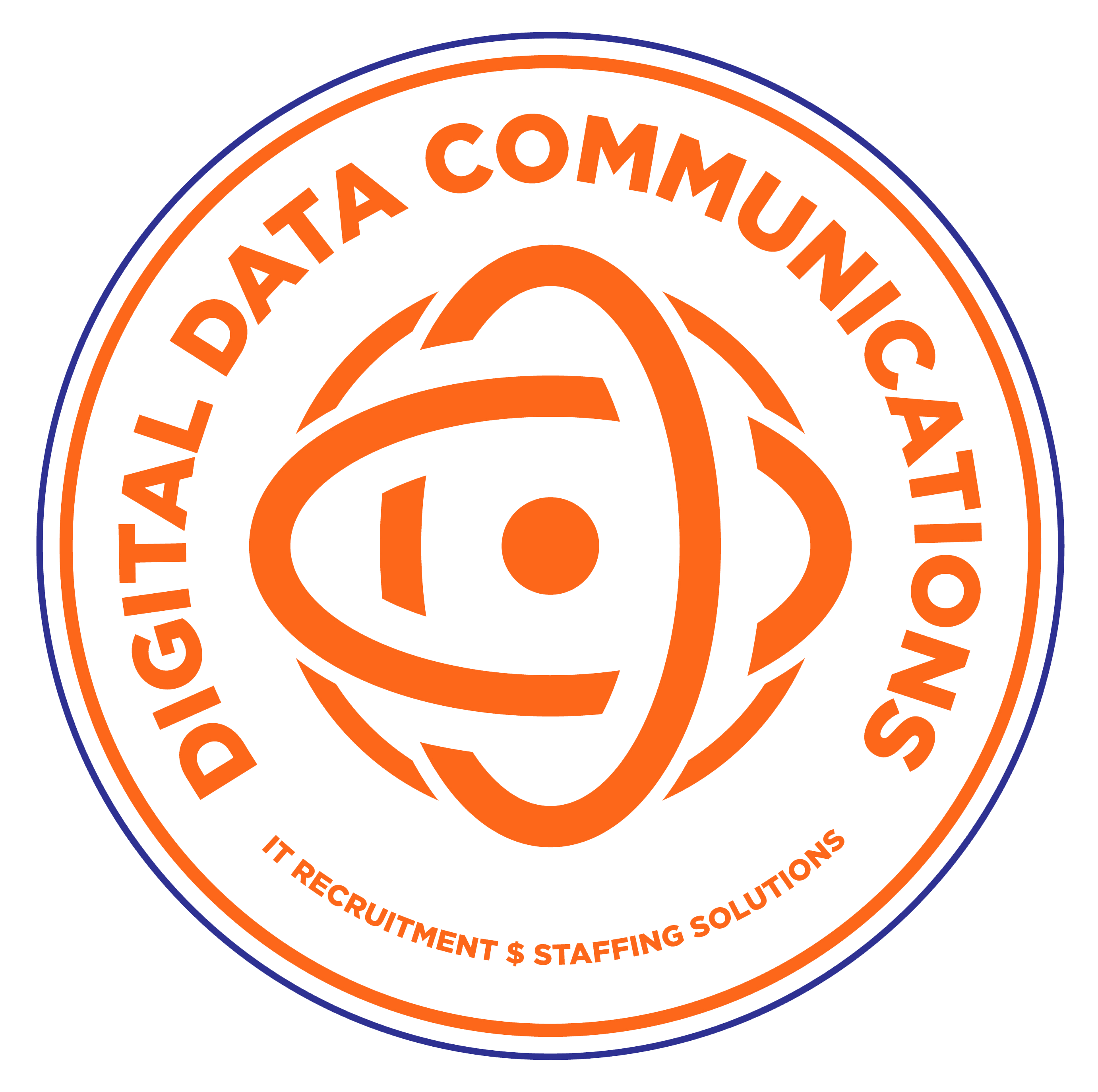Data Analysis
Overview
Data analysis is a process of filtering, transforming, and defining data to find valuable information for companies in decision-making. The objective of Data Analysis is to pull the useful information from data and make a decision based on the data analysis. Data analysis examines datasets to pull findings related to the information they hold. Data analysis methods allow you to handle raw data and unveil patterns to pull valuable analytics out of it. Many data analytics techniques use curated systems and software that incorporate machine learning algorithms, automation, and other capabilities.

Data Analysis
Why Data Analysis Is Important
Types of Data Analysis
Descriptive
Descriptive techniques typically embrace constructing tables of means and quantiles, measures of dispersion like variance or variance, and cross-tabulations.
Diagnostic
Predictive
Prescriptive
Key Roles:
- Designing and maintaining knowledge systems and databases; this includes fixing committal to writing errors and alternative data-related issues.
- Mining knowledge from primary and secondary sources, then reorganizing aforesaid knowledge in an exceeding format which will be simply scanned by either human or machine.
- Using applied math tools to interpret knowledge sets, and paying explicit attention to trends and patterns would be valuable for diagnostic and prognostic analytics efforts.
- Demonstrating the importance of their add the context of native, national, and international trends that impact each organization and trade.
- Preparing reports for govt leadership that effectively communicate trends, patterns, and predictions of victimization relevant knowledge.
- Collaborating with programmers, engineers, and structure leaders to spot opportunities for method enhancements, suggest system modifications, and develop policies for knowledge governance.
- Creating acceptable documentation that enables stakeholders to grasp the steps of the information analysis method and duplicate or replicate the analysis if necessary.
Data Analysis Does

Descriptive

Diagnostic
The diagnostic approach helps in determining the source reason for an occurrence. Frequently, a trend is determined through a preceding descriptive analysis step.

